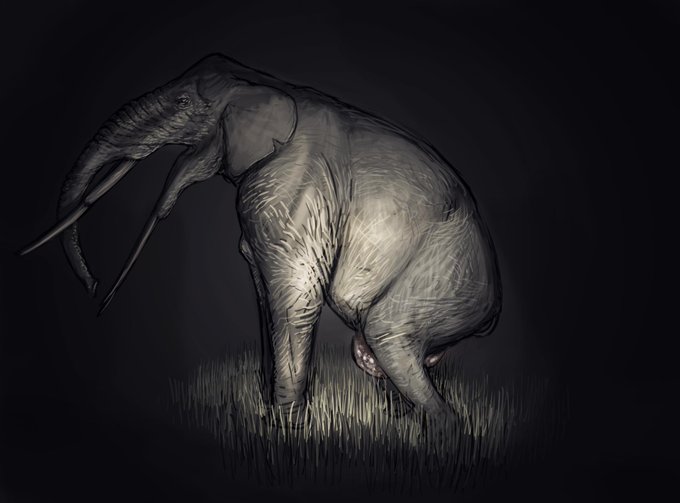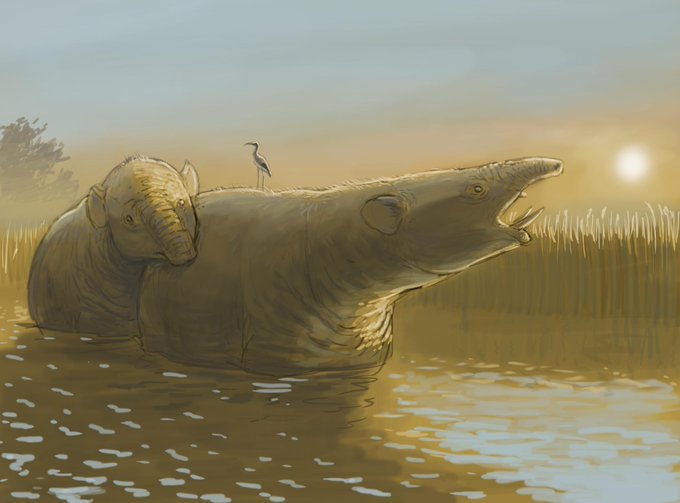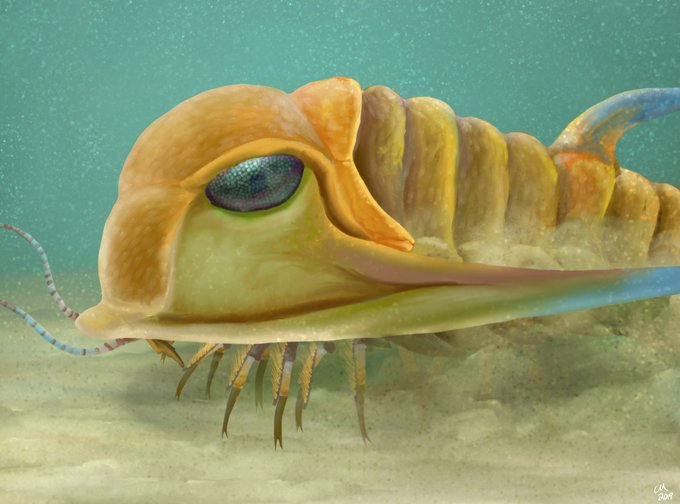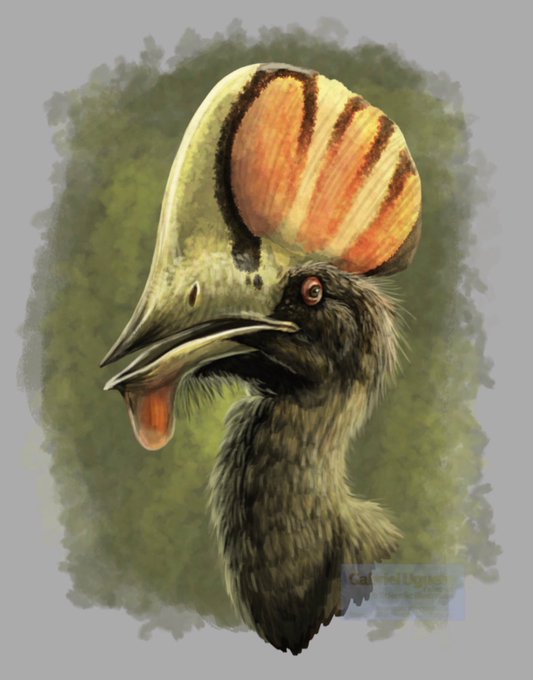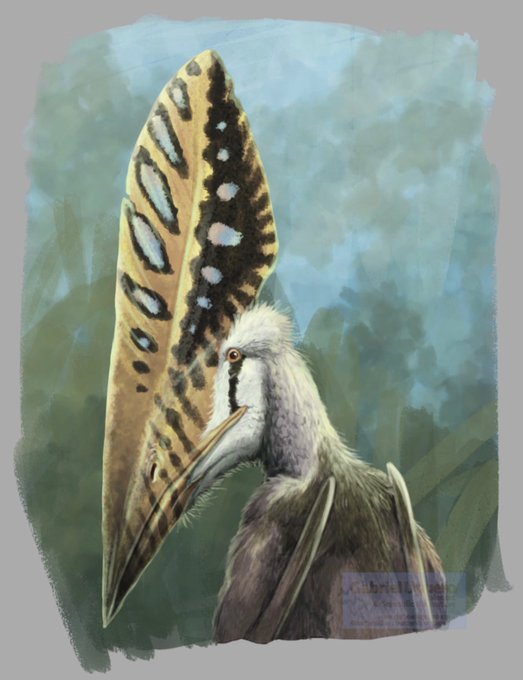CiARTのTwitterイラスト検索結果。 7,381 件中 237ページ目
Not sure if I would call a ring-tailed lemur #mindless, but it is definitely a #mammal! Day 2 of the #sciart #Inktober2019 prompts. #WednesdayWisdom #Inktober
“They look like frumpy Jawas” I was told... I just like how Spoopy-Fantasia they look 🖤🖊#day1 #sciart #Inktober2019 @GNSIorg #orchids #conceptart #penandink
✨RT appreciarted!✨
Halloween Sylvain finished! I want to make acrylic charms of this, but i highly doubt they'll be in time for cons so DM me if you want one!
I'll make stickers for the con! (will try to open an online store soon!)
#FE3H #FEThreeHouses
Decided to do a mix of the official @inktober list & the great #sciart list posted by @ccreechstudio! Day 1. being #botanical, (more specifically mycological in this case) this is a drawing of a 'Fly Agaric' fungi 🍄 #Inktober2019 #October1st #TuesdayMotivation
The long-leaf sugarbush (Protea longifolia) is native to South Africa. #SciArt drawn and lithographed by C.F. Schmidt for "Icones plantarum rariorum Horti Regii Botanici Berolinensis" (1840-44), freely available in #BHLib via @Kew_LAA ➡️ https://t.co/YyqtMJwjyA #BotanicMonday
Results from the stream!
Stegotetrabelodon (giving birth), Barytherium and Numidotherium (yes, it is that weird)
Also: Sketch of the night by @Prehistorica_CM Chomatopyge.
#paleoart #animals #sciart #elephant #nightvision ...
Results from the #paleostream!
Mystriosaurus, Hylonomus, Magnapaulia and Garagnornis.
#paleoart #animals #sciart #dinosaurs #sketches
I just found out that today is #InternationalRabbitDay so I decided to quickly sketch one of the oddest extinct rabbits, the LARGE (50 cm tall, about 15-20 kg) Nuralagus rex, which lived on the island of Menorca 5 to 3 million years ago (Miocene and Pliocene) #paloeart #sciart
#SpaceX's #Starship Mk. 1 kind of looks like a slimmed-down version of Bonestell's "Separation of the Third Stage." He painted it many times. I think Bonestell would be very proud right now! So excited! 👨🚀🚀👩🚀#spaceart #sciart https://t.co/Cf5AeLfHX3
Courtesy Bonestell LLC https://t.co/T7l0AWAvBJ
It’s apple season! This image is from Hugh Ronalds’ (1760-1833) book ‘Pyrus Malus Brentfordiensis’ (1831) #botanicalillustration #sciart @NBGGlasnevin
"Des champignons comestibles, suspects et vénéneux" (1827-28) is a rare mycological work with #SciArt depicting 200 mushroom species arranged according to edible, suspect, and poisonous species. Explore it in #BHLib via @LloydLibraryMus ➡️ https://t.co/AbQcxQziwt #FungiFriday
*Breastfeeding* by scientific communications company @visualmedics
"A poorly attached baby does not take enough breastmilk and this can lead to a blocked milkduct or mastitis for the mother."
Portfolio: https://t.co/RM3plmQxvG
#medicalillustration #breastfeeding #SciArt
My latest #sciart piece "A Modern Nest" is the start of an exploration of human impact on surrounding species
Nature is not something all the way out there, it is a system all around us that we are a part of.
Who lives in the woods is a comprehensive look at the bugs, amphibians, reptiles, birds and mammals that can be found in a forest. #sciart #scicomm #WednesdayMotivation
You may grab this illustrated picture book in my #etsy store: https://t.co/2pp9AphmAD
New #PalaeoPoems post out tomorrow! "The Petrified Fern" by Mary Bolles Branch is about how time may reveal the worth of an apparently "useless" thing, like a very small fern. Featuring super awesome guest art by @fatty_box! #PaleoArt #SciArt #PaleoBotany #WomenInScience
Giganotosaurus (upper) and Mapusaurus (bottom). I later learned on a Theropod Discord Group that my Giga is actually too fuzzy, but otherwise I'm happy with the results. #palaeoart #sciart #dinosaurs #dinosaur #giganotosaurus #mapusaurus
Two digital morning sketches for today´s #PterosaurPtuesday. Portraits of Europejara (left) and Thalassodromeus (right), two Cretaceous #pterosaurs that possessed large, distinctive crests. #paleoart #sciart














